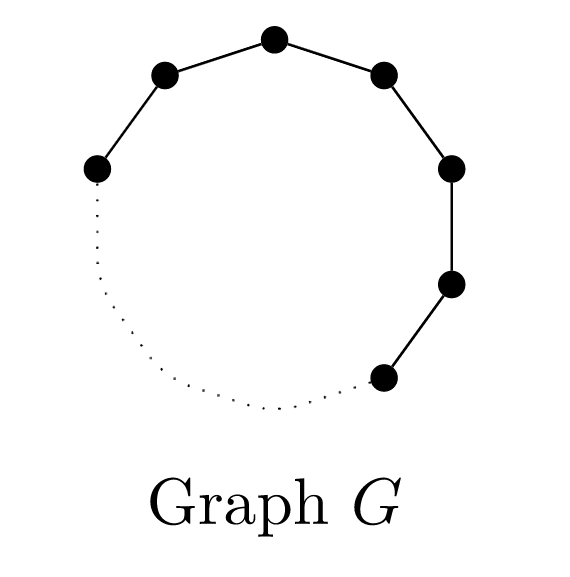16.7: Activities
- Page ID
- 93276
\( \newcommand{\vecs}[1]{\overset { \scriptstyle \rightharpoonup} {\mathbf{#1}} } \)
\( \newcommand{\vecd}[1]{\overset{-\!-\!\rightharpoonup}{\vphantom{a}\smash {#1}}} \)
\( \newcommand{\id}{\mathrm{id}}\) \( \newcommand{\Span}{\mathrm{span}}\)
( \newcommand{\kernel}{\mathrm{null}\,}\) \( \newcommand{\range}{\mathrm{range}\,}\)
\( \newcommand{\RealPart}{\mathrm{Re}}\) \( \newcommand{\ImaginaryPart}{\mathrm{Im}}\)
\( \newcommand{\Argument}{\mathrm{Arg}}\) \( \newcommand{\norm}[1]{\| #1 \|}\)
\( \newcommand{\inner}[2]{\langle #1, #2 \rangle}\)
\( \newcommand{\Span}{\mathrm{span}}\)
\( \newcommand{\id}{\mathrm{id}}\)
\( \newcommand{\Span}{\mathrm{span}}\)
\( \newcommand{\kernel}{\mathrm{null}\,}\)
\( \newcommand{\range}{\mathrm{range}\,}\)
\( \newcommand{\RealPart}{\mathrm{Re}}\)
\( \newcommand{\ImaginaryPart}{\mathrm{Im}}\)
\( \newcommand{\Argument}{\mathrm{Arg}}\)
\( \newcommand{\norm}[1]{\| #1 \|}\)
\( \newcommand{\inner}[2]{\langle #1, #2 \rangle}\)
\( \newcommand{\Span}{\mathrm{span}}\) \( \newcommand{\AA}{\unicode[.8,0]{x212B}}\)
\( \newcommand{\vectorA}[1]{\vec{#1}} % arrow\)
\( \newcommand{\vectorAt}[1]{\vec{\text{#1}}} % arrow\)
\( \newcommand{\vectorB}[1]{\overset { \scriptstyle \rightharpoonup} {\mathbf{#1}} } \)
\( \newcommand{\vectorC}[1]{\textbf{#1}} \)
\( \newcommand{\vectorD}[1]{\overrightarrow{#1}} \)
\( \newcommand{\vectorDt}[1]{\overrightarrow{\text{#1}}} \)
\( \newcommand{\vectE}[1]{\overset{-\!-\!\rightharpoonup}{\vphantom{a}\smash{\mathbf {#1}}}} \)
\( \newcommand{\vecs}[1]{\overset { \scriptstyle \rightharpoonup} {\mathbf{#1}} } \)
\( \newcommand{\vecd}[1]{\overset{-\!-\!\rightharpoonup}{\vphantom{a}\smash {#1}}} \)
- Draw two different connected graphs with five vertices each in which every edge is a bridge.
- How many edges are in each of the examples that you drew in Task a?
- Would it be possible to add an edge to either of the examples that you drew in Task a without creating a cycle?
- Draw two different simple graphs with \(5\) vertices in which every pair of vertices has a single path between them.
- How many edges are in each of the examples that you drew in Task a?
- Would it be possible to add an edge to either of the examples that you drew in Task a without creating a cycle?
Suppose that \(G\) is a connected graph that consists entirely of a proper cycle. (See Figure \(\PageIndex{1}\).)

Let \(G'\) represent the subgraph of \(G\) that results by removing a single edge. Argue that \(G'\) remains connected.
Suppose that \(H\) is a connected graph that contains a proper cycle. Let \(H'\) represent the subgraph of \(H\) that results by removing a single edge from \(H\text{,}\) where the edge removed is part of the proper cycle that \(H\)contains. Argue that \(H'\) remains connected.
Notes.
- Your argument here needs to be (slightly) different from your argument in Activity 16.7.3.
- Make sure you are using the technical definition of connected graph in your argument. What are you assuming about \(H\text{,}\) and what do you need to verify about \(H'\text{?}\)


